Along the river or pond, you will often see tracks of large wading birds such as the great blue heron. Occasionally you may be lucky enough to spot its much smaller relative, the green heron.
Another large wading bird, the sandhill crane leaves a much different track.
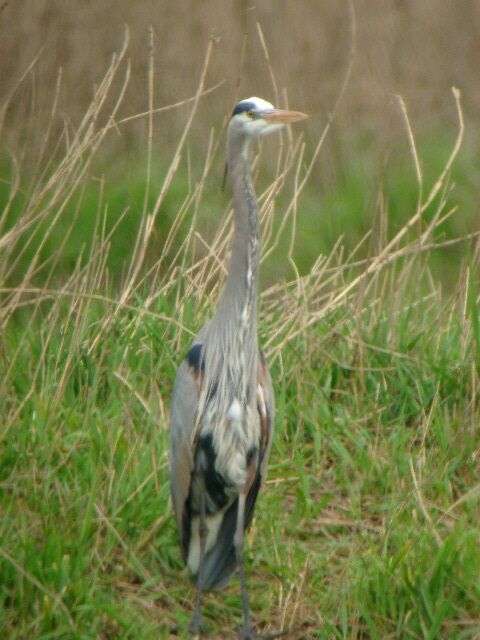
Blue Heron tracks are quite distinctive. For one, the length of the large track is about 6 inches. The trailing toe (toe 1) is quite long and is offset from the middle toe (toe 3). The stride is alternating.


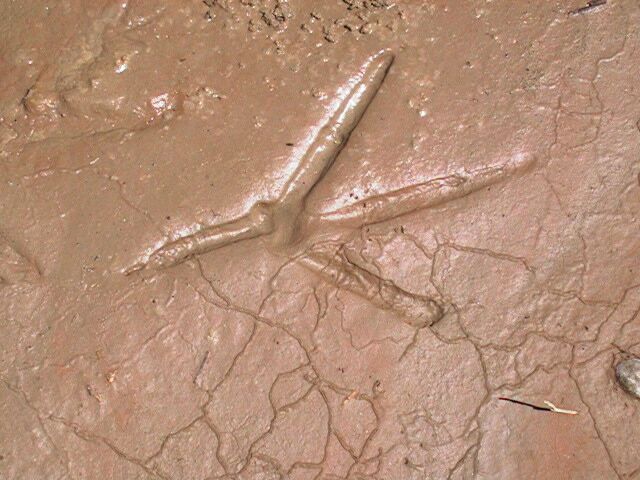



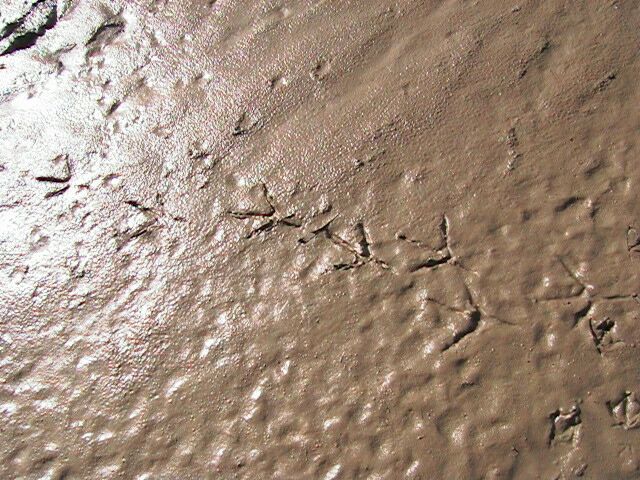

The Green Heron is another common resident along our waterways. However, it often goes unnoticed since it is much smaller, less conspicious, and more secretive than the Great Blue. The track of this little fellow is identical in shape to the great blue heron but much smaller.
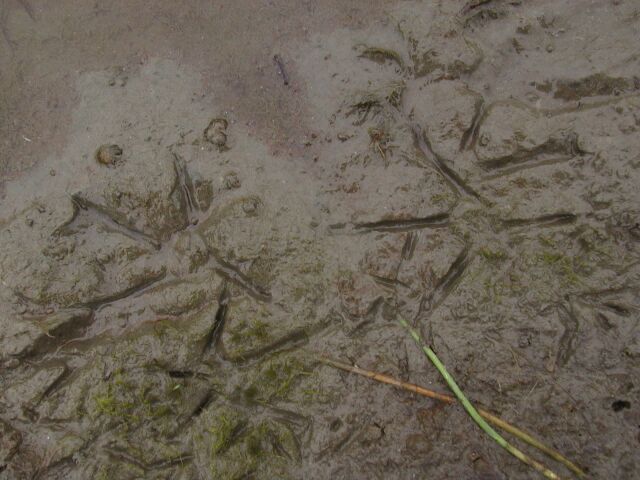
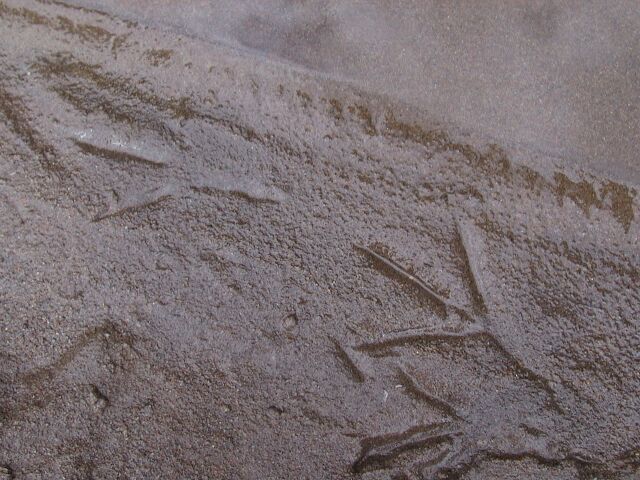
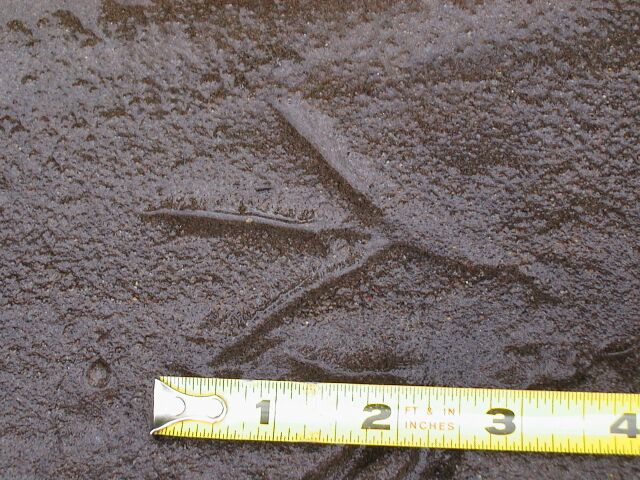

The Sandhill Crane leaves a large track similar in size to the great blue but different in structure. All the toes join at a single spot and toe 1 is short and rarely registers. These differences reflect the fact that the cranes (Order Gruiformes) are not closely related to the herons (Order Ciconformes) despite the fact that both are tall, stately birds.
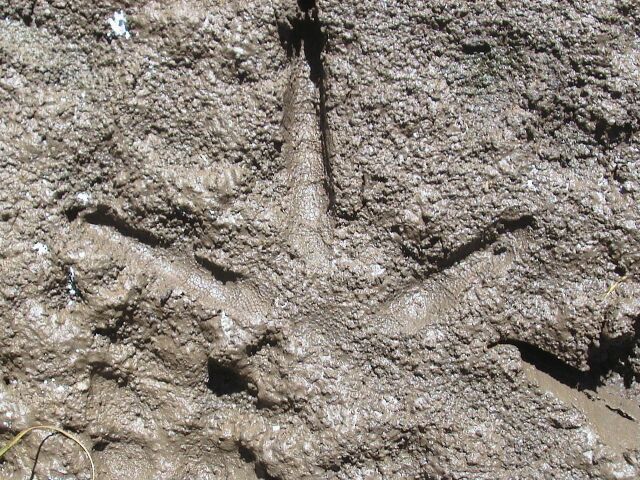

 Return to Menu
Return to Menu